When you're writing about staring up into space, you're almost obliged to talk about how small it makes you feel, or you get a sense of the grandness of the universe. I'll be honest, I got into astrophotography because I saw some pictures and I thought they looked cool as f***. I loved the idea that these things are above us all the time but with some technology, some skill and the right weather, you can bring them out and look back at all of the celestial bodies that are staring down at us.
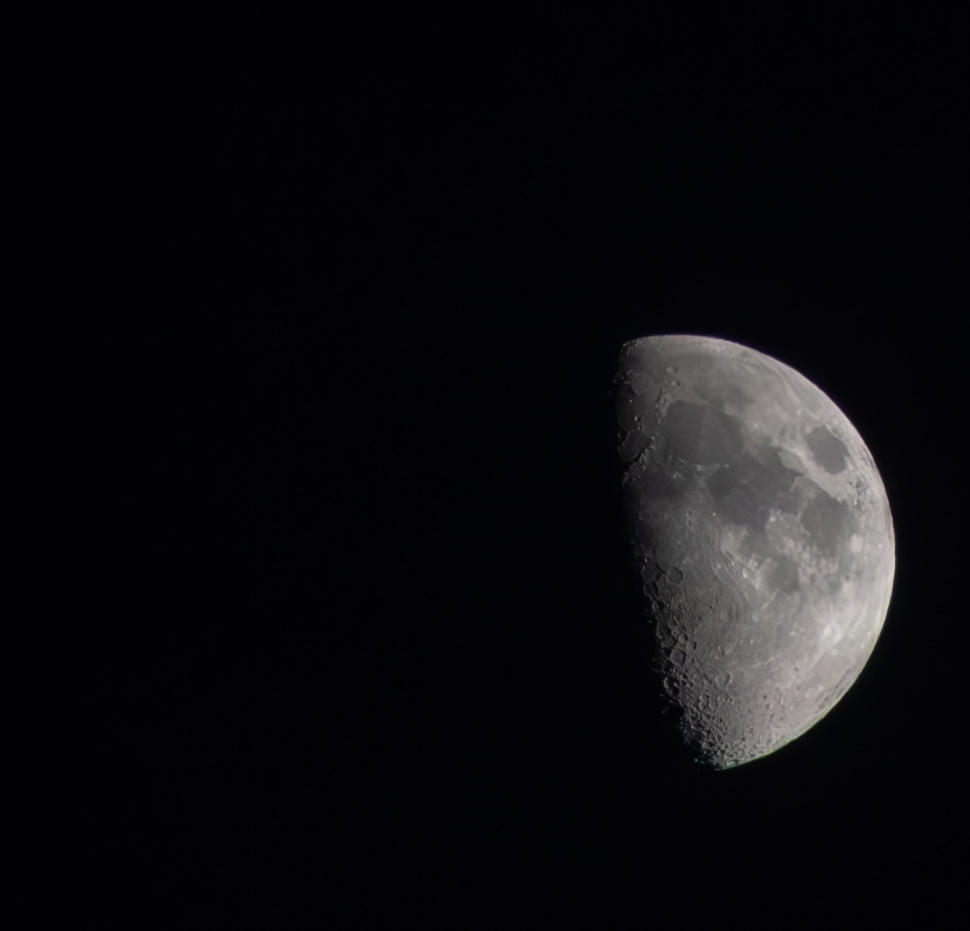
This first image I took of the moon was fraught with issues. An older 200mm lens isn't ideal for moon shots, because it simply doesn't zoom in far enough and the final result requires a lot of cropping. Cropping blows up pixels and you ultimately end up with a less detailed picture. Still, I thought it looked great.
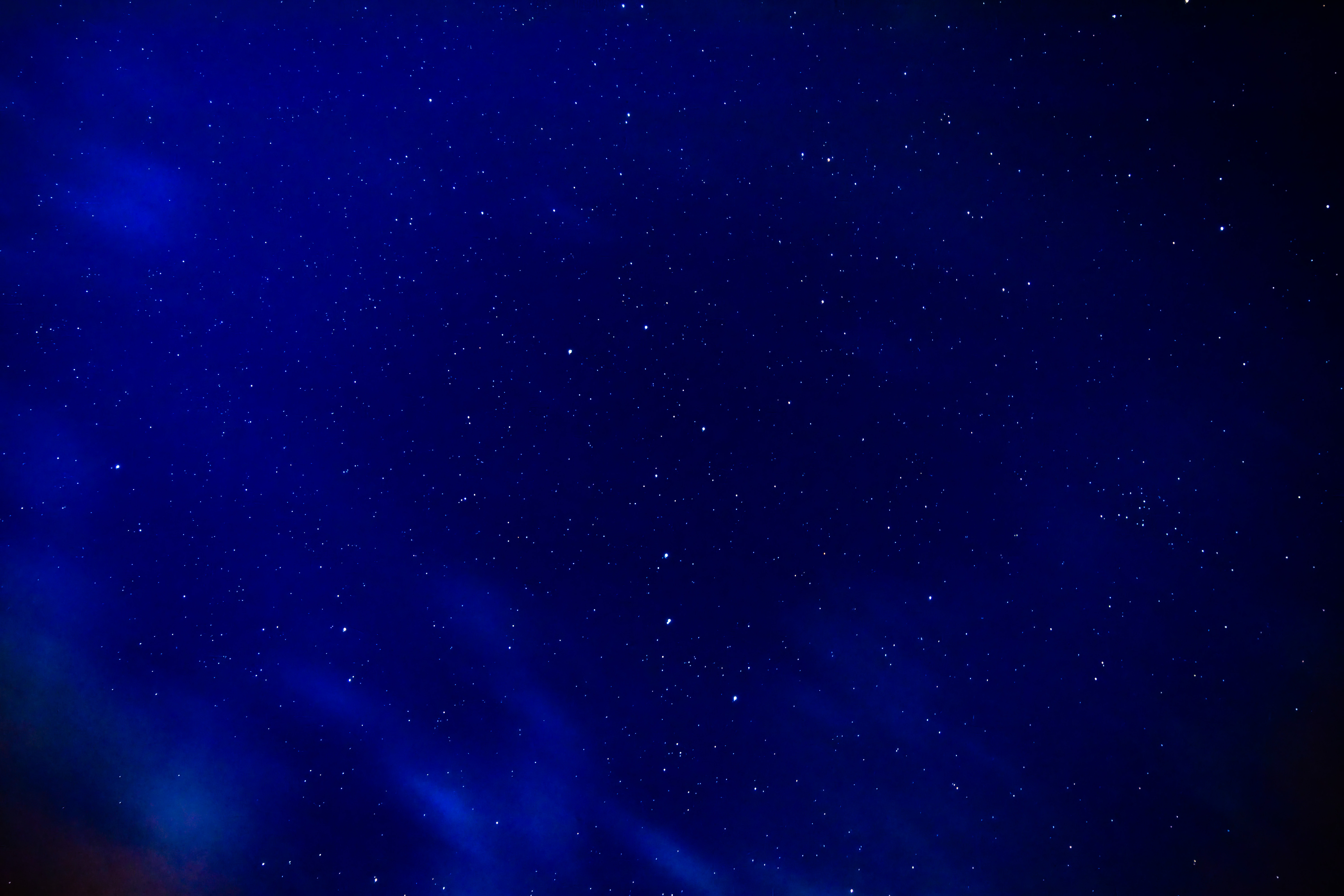
Star Trails
Star trails are either something you really want or something you're working to avoid. They're caused by the rotation of the earth. The earth is spinning on its axis, which makes it seem as if the stars move across the sky. If you get it right, this effect can create some truly stunning shots.
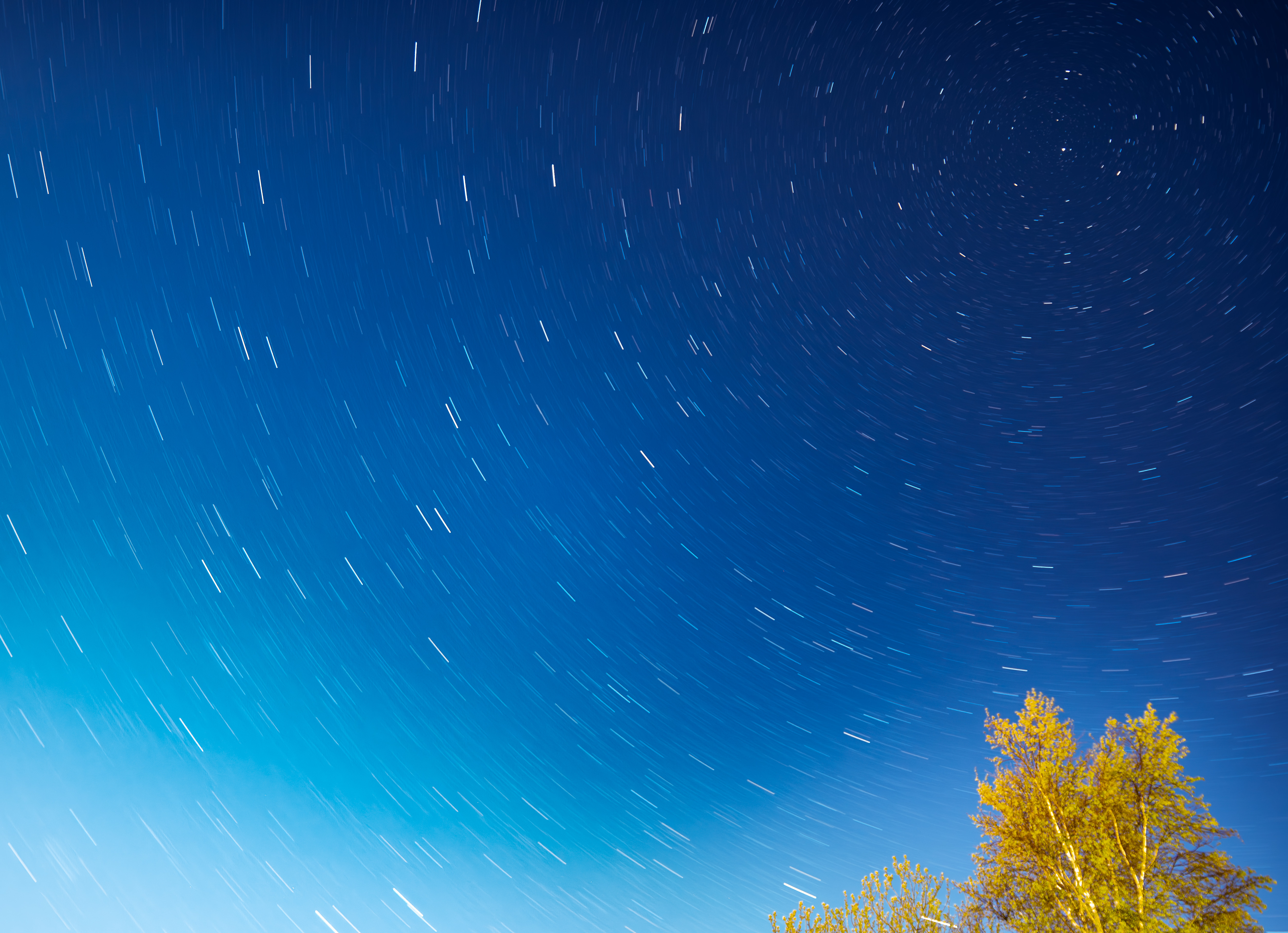
I'm moderately okay with this photo. It began to capture the effect I was going for, but I think ten minutes was no way near long enough. Next time, I'll be trying out 20+ minutes.
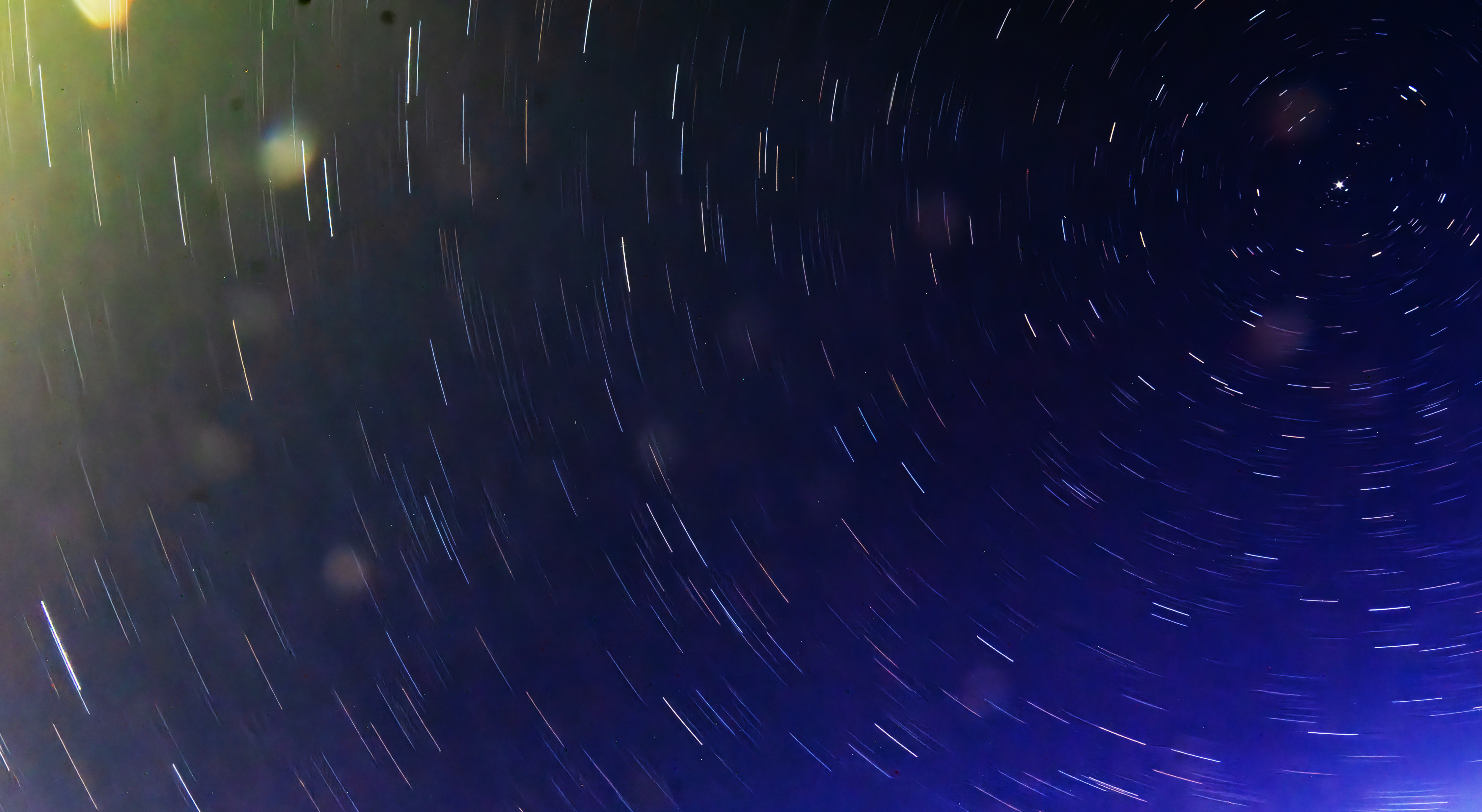
This photo, on the other hand, was deeply frustrating, and demonstrates a real issue with very long exposures. Even the smallest source of light pollution that would barely even register on a normal shot can become a glaring issue (pun absolutely intended). The frustrating part is that most of this photo looks fantastic, but the glare is just wide enough that cropping it kills the overall image. It was a lesson in long exposures and light pollution. In this instance, the light source came from a car, the lights of which turned on around the corner.
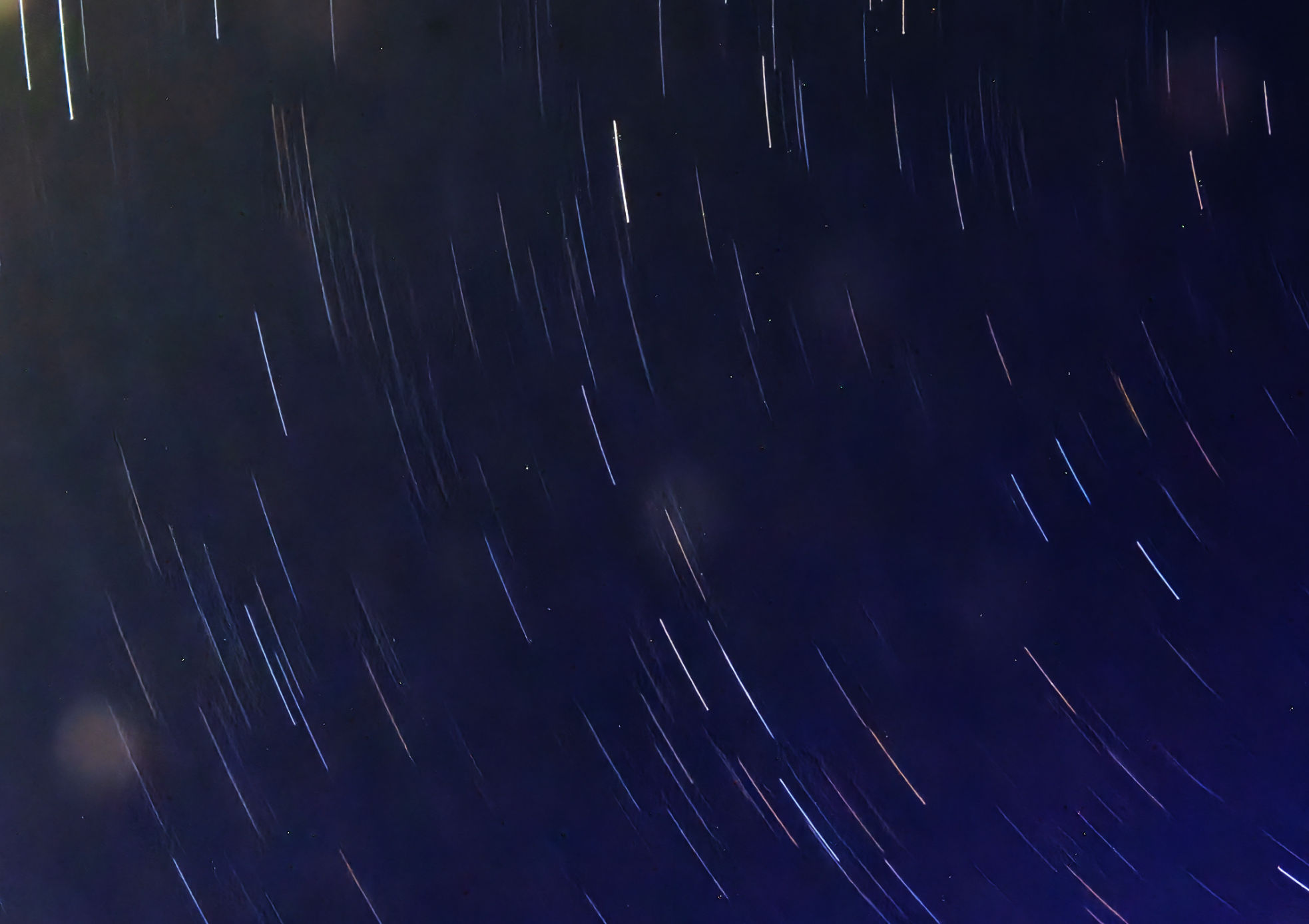
Infinitely worse, however, was the fact that a very light, very brief rain shower appeared without my knowledge, and landed square on my camera. I was sat in my kitchen, with the door open to check for weather changes, and I didn't notice. I won't go so far as to suggest sabotage by aliens, but I will say that if I were an alien, I wouldn't want some nosey prick with a camera spying on me. Food for thought.
My Favourite Shot
I'm in love with this photograph. Firstly, the colour, tone and placement of the thin clouds makes for a wonderful composition, but what gets me are the details that only emerge on closer inspection, like the line of red lights that cuts out from the center. This is a plane that flew overhead.
Normally, this would ruin the shot, but in this instance, it made it. It adds a clear focal point, and breaks up the almost dizzying collection of stars. The stars are in focus and absent of trails, meaning my choice of an 18 second exposure time was right on the money.
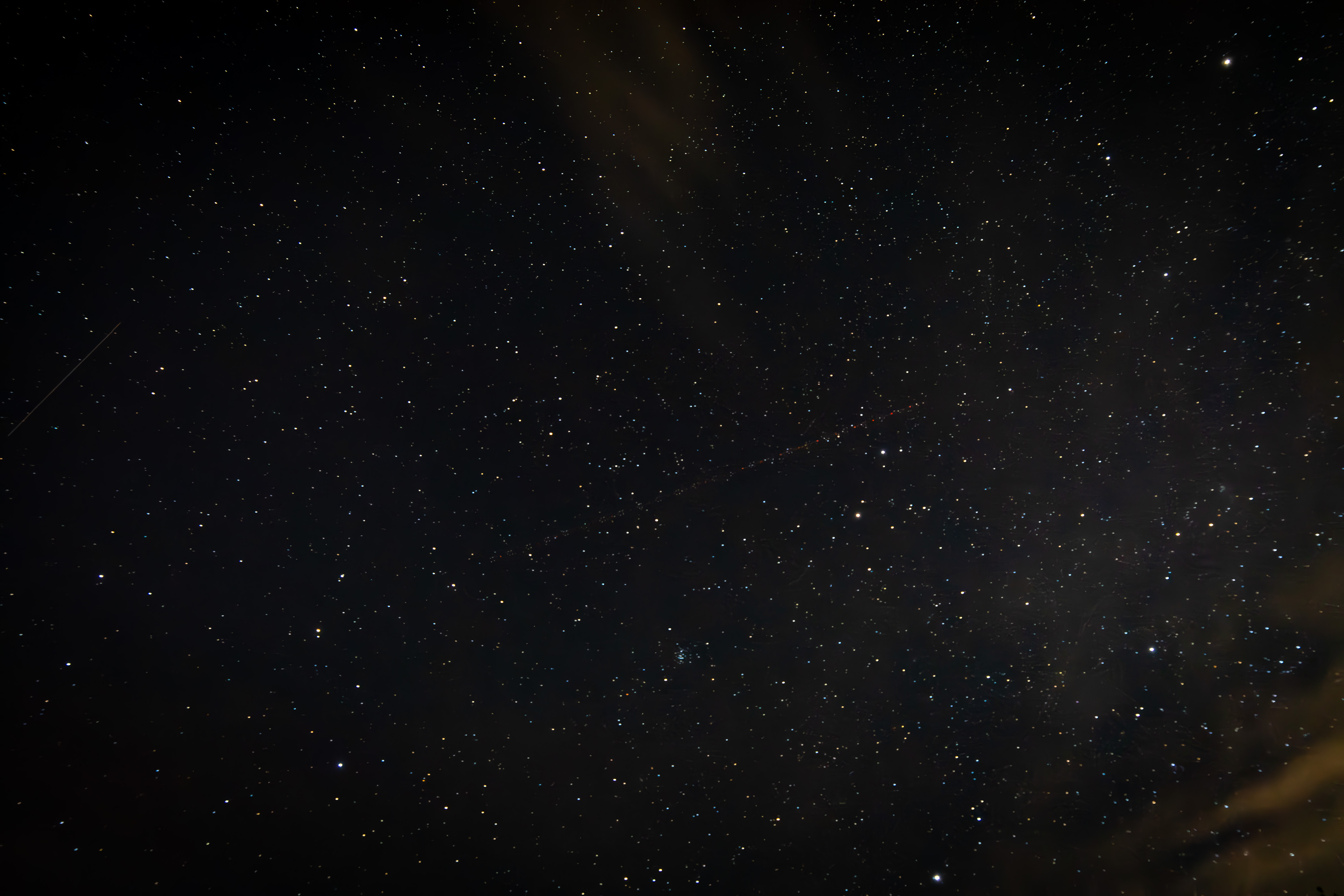
Next Up for Astrophotography
I need to pick up a star tracker. This will allow me to take very, very long exposures of the sky without the formation of trails. This opens up new celestial bodies, but also levels of detail and depth that are currently not possible.
I also want to pick up a super-telephoto lens, maybe something in the 500mm range, to couple with my D7200. The D7200 has a crop factor of 1.5, meaning a 500mm lens is effectively hitting 750mm reach. This means, with a tripod and some patience, we'll be able to get some extremely sharp shots of the moon.
